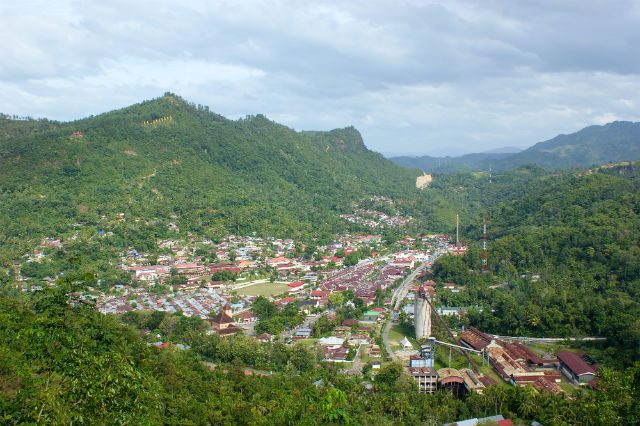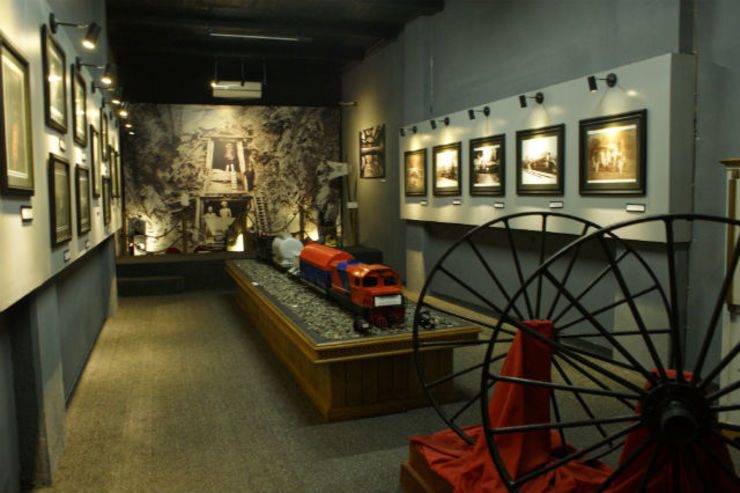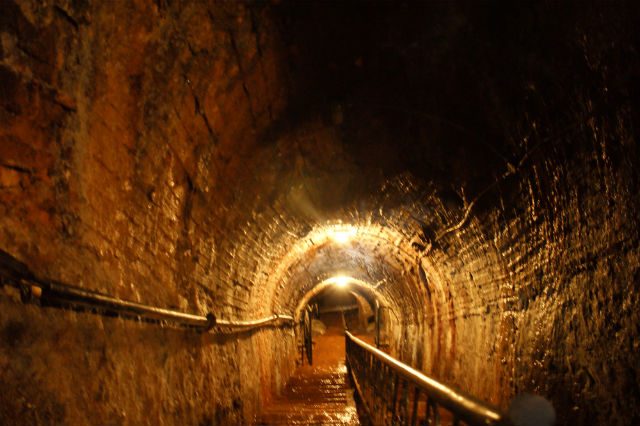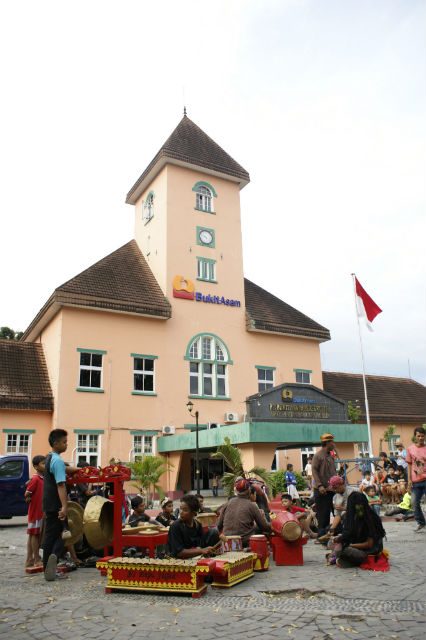SUMMARY
This is AI generated summarization, which may have errors. For context, always refer to the full article.

Sometimes travel is not so much about being transported to another location, as much as being transported back in time.
Such is the case with Sawahlunto, a once-booming mining town in West Sumatra. Located just about an hour’s drive from the provincial capital Padang, it is steeped in history and legend.
Sawahlunto, founded by the Dutch back in 1888, was one of Indonesia’s first coal mines. Now, nearly 150 years later, intrepid tourists flock to the jaded hills for a nostalgic trip back in time that includes tales of slavery, trance-inducing dances, and some of the finest cloth sarongs in Indonesia.
Local history buffs and aficionados have worked hard to preserve the town’s rich history, establishing a train museum, refurbishing historic hotels, and displaying traditional mining tools and machinery for visitors.
You can start your adventure with a walking tour through the traditional market on your way to the old train station. The well-preserved historical site is almost exactly how it was more then a century ago.
Inside the station, the small Railway Museum showcases the history of trains in West Sumatra and sketches the transformation of Sawahlunto from a sleepy hillside village to a booming mining town.

If you’re lucky, you can even hop on “Mak Itam”, the legendary train that once transported coal from Sawahlunto to the seaside ports. Mak Itam itself looks like “Thomas” the Tank Engine.
Not far from Mak Itam is another stop on the tourist itinerary. Goedang Ransoem, which roughly translates to food (ransoem) storage (goedang). It was once used to provide food for the slaves working in the mine. Cooking utensils, giant stoves, and cauldrons for cooking large volumes of food all from the Dutch era are on display. It wouldn’t be difficult to picture how busy the place used to be preparing meals for hundreds of hungry mine workers.
A trip to Sawahlunto would not be complete without visiting the old mines themselves. “Lubang Mbah Suro,” the most famous of the Sawahlunto mines, named after the boss who once – some say benevolently – looked after the slaves and the site.
Explorers are able to trek inside the 1.5-kilometer tunnel built by the Dutch to mine the coal slacks. Don’t forget to wear the proper helmet, and make sure to ask the staff for a flashlight with fresh batteries.
The darkness and the damp temperature inside the tunnel give an eerie feeling. Once inside, it’s hard not to imagine what it must have been like for the slaves forced to toil in the mines. Human skeletons and chains are said to still be inside.

Back above ground, check out the adjacent museum which illuminates the history of Sawahlunto’s coal mines. It goes into the staggering stories of the orang rantai or slaves, giving visitors a better understanding of what was happening in Sumatra in the 19th century.
Another rich heritage site in Sawahlunto is the town’s Cultural Center Building, built in 1910 and housing of all things a bowling alley and billiards hall that hail back to the Dutch era. Nowadays, cultural performances are often held here.

When it comes to the traditional dance and culture of the area, look no further than Kuda Kepang, a performance troupe consisting of upwards of 20 people, including dancers and gamelan (traditional music instrument) players. Kuda Kepang performers are famous for falling into a trance while the music plays. Performers chew glass, walk on blazing hot coals, and perform other jaw-dropping feats of endurance. Kuda Kepang performances usually happen in the city center, in front of a pink monument locals call “Bukit Asem.” It’s undoubtedly an amazing experience, but it’s important to note that these acts are not to be tried at home.
Like most Indonesian regions, Sawahlunto has its own unique textile and sarong, found in Silungkang Village. Here, textile enthusiasts make their way to Kampong Tenun, where the local artisans produce traditional woven sarongs called Silungkang Songket. Walk around the village, explore the houses, and watch the intricate hand-weaving process of turning colorful threads into a beautiful Silungkang Songket. It’s the perfect souvenir or gift for loved ones back home. – Rappler.com
 An Indonesian traveler, avid scuba-diver, and a travel blogger, Nila Tanzil has done solo travel to 28 countries in the world. She enjoys trying new experiences, understanding the local culture and getting to know the local people during her travels. She is also an education advocate with a mission to nurture children’s interest in reading through her initiative in Indonesia called Taman Bacaan Pelangi (Rainbow Reading Gardens), which builds children libraries in remote areas in Eastern Indonesia. Follow her on Twitter at @nilatanzil.
An Indonesian traveler, avid scuba-diver, and a travel blogger, Nila Tanzil has done solo travel to 28 countries in the world. She enjoys trying new experiences, understanding the local culture and getting to know the local people during her travels. She is also an education advocate with a mission to nurture children’s interest in reading through her initiative in Indonesia called Taman Bacaan Pelangi (Rainbow Reading Gardens), which builds children libraries in remote areas in Eastern Indonesia. Follow her on Twitter at @nilatanzil.
Add a comment
How does this make you feel?
There are no comments yet. Add your comment to start the conversation.